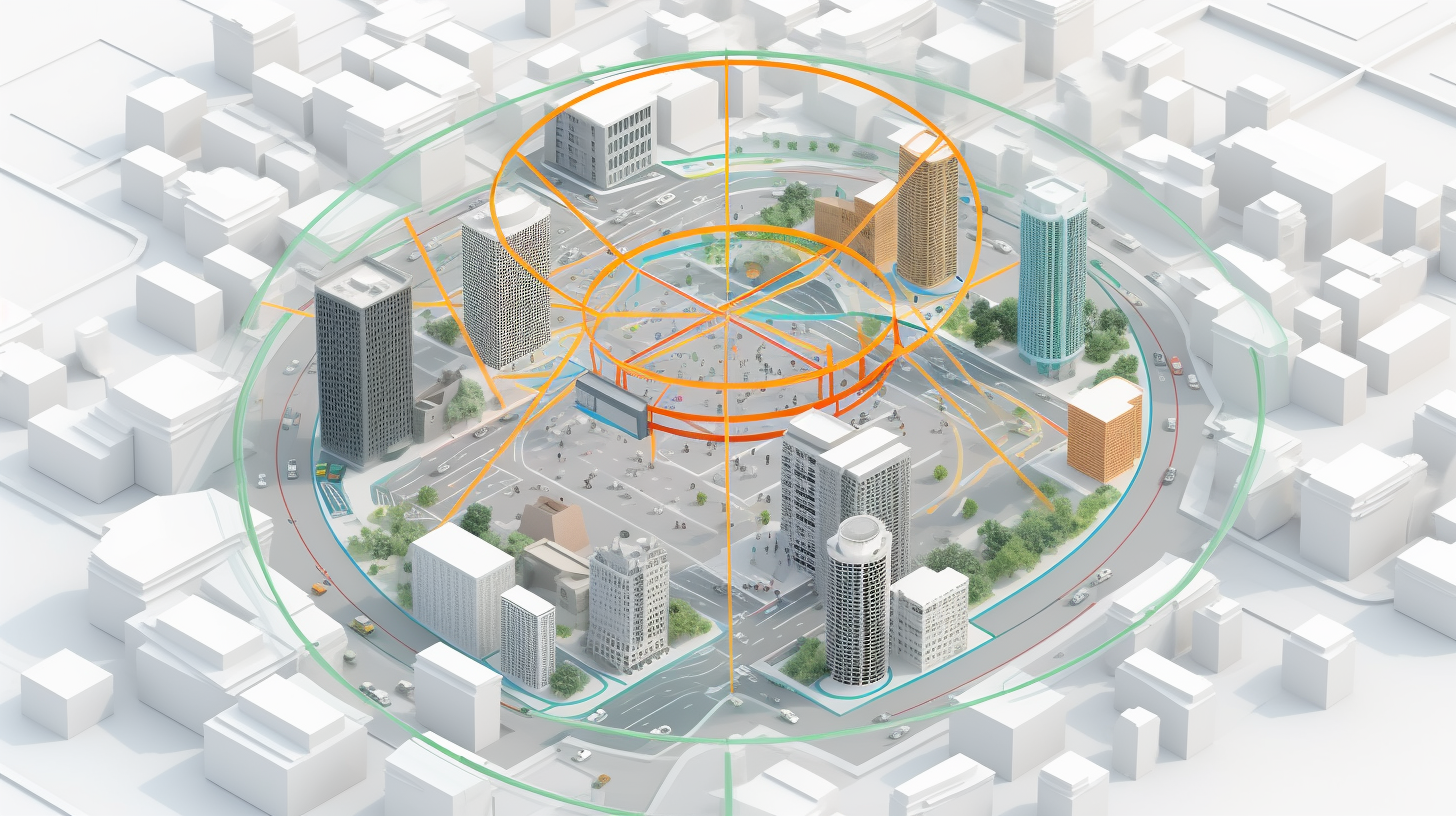Untangling the Enigma: Understanding Network Topologies and Network Types in the CompTIA Network+ (N10-008) Exam

Shall we dive face-first into the world of network topologies and network types? The CompTIA Network+ (N10-008) exam intricately incorporates these elements. A network topology essentially arranges a network, including its nodes and connecting lines. They’re your everyday superheroes, organizing the lines of communication between networks. Without them, we'd all be sitting ducks!
Characteristics of Network Topologies
Network topologies come in all shapes and sizes; some are as unique as a fingerprint. Their characteristics define how we navigate our digital sphere. They're like a road map for your data. They’re a few popular types, each with their own quirks.
The first one is the bus topology. Imagine a bustling city bus route. It ain't no secret that they can get riddled with traffic, but when it comes to network topologies, this isn't such a bad thing. In a bus topology, every device is connected to a single central cable, or bus. The nifty part? Any device connected to this bus can communicate with any other device on that bus, straight outta the gate. However, if the main cable fails, say adios to your network!
Next up, we've got the star topology. Think of a Hollywood movie premiere. All cameras are focused on one sparkling star: the hub or central node. Other nodes are connected directly to this central node. It's a star-studded setup - each node can communicate with the hub and through it, other nodes. The trouble in paradise? If the central node fails, it's curtains down on the network.
Ringing any bells? That’s right, it's the ring topology. Each device in a ring topology connects to two other devices, forming a closed loop or ring, just like a gold wedding band. In this chain of communication, data travels from one device to another in one direction until it reaches its destination. But if one link in any chain breaks, the whole network comes crashing down.
Last but not least, there's the mesh topology. Like a tightly knitted sweater, each node is connected to several other nodes. It's a network powerhouse that provides multiple pathways for data to travel. The perk? Even if one node fails, other pathways are available, making it a reliable choice for most businesses.
Characteristics of Network Types
On to network types now! These varmints have characteristics as defined as a Whistler's Mother painting. The CompTIA Network+ exam encompasses several, but we'll cover only a few here.
Local Area Network (LAN) is a key player. It operates in a limited geographical area and makes resource sharing as easy as pie between connected devices. However, security threats can make it susceptible and managing a large LAN can be as difficult as herding cats.
A Wide Area Network (WAN) covers a larger geographic area. As the Usain Bolt of networks, it connects LANs over vast distances. However, the burden of expensive setup costs and vulnerability to glitches and failures can affect it.
A Metropolitan Area Network (MAN) covers an entire city. It's the reliable workhorse of the network family, providing high-speed connectivity and efficiency. However, it's tricky to maintain due to its large scale.
Personal Area Network (PAN) works within a very short range; it's as personal as your diary. It provides mobility and ease of use, but has limited range and capacity.
A Gander at Some Statistics
As they say, numbers don't lie! We shall put on our geek glasses and dig into some spicy statistics for this network jamboree. The Global Networking Hardware Market size hit a staggering $191.2 billion in 2019. This smidgeon of information must have impressed you and blown your mind, hasn't it? In 2020, Grand View Research spilled some exciting beans - they predict a Compound Annual Growth Rate (CAGR) of a tidy 6.5% for this sector from 2020 to 2027. This growth gets its fuel from the deeper penetration of mobile devices, the sprouting wings of the Internet of Things (IoT), and the bold jumps in wireless communication technologies. Folks, buckle up! We're in for a thrilling ride!
So folks, there you have it! We've merely scratched the surface of the iceberg when delving into network topologies and types. We aimed to spoon-feed you these complex concepts, and we hope we successfully achieved that. Strap on your curiosity, uncap your mind, and brace yourself to tackle the CompTIA Network+ (N10-008) exam. These topics will soon fall snugly into your comfort zone, and you'll breeze through them with nonchalance!